Is there a defining moment in which all and everything changes for us? If so, perhaps the lives which we have led up until that moment, which might seem to us as mere wasted years, can with hindsight come to be seen as having a value in themselves, as being the very experiences which have, unknown to us, been all the while preparing us for that change.
As a young woman in 4th-century Alexandria who had at an early age run away from home, Mary led a very dissolute life, offering herself to anyone who would pay her price – and at times even, apparently, not bothering about payment for the sake of the mere experience. She eventually journeyed to Jerusalem, not on a pilgrimage, but hoping to find more customers among the pilgrims themselves. Wandering the streets, Mary arrived at the great doors of the Church of the Holy Sepulchre. In her harlot’s dress she sought to enter the church, but felt her way barred by some inexplicable force which seemed to press against her and hold her back.
The experience was so intense that Mary was forced to confront the life which she had chosen to lead. She opened her heart, begging forgiveness – and in that moment entered the church freely. Her style of dress might have scandalized the congregation, but God sees what is in our hearts, not what we happen to be wearing. The experience was Mary’s turning point: her defining moment.
From that moment Mary would dedicate her life to a devotional simplicity. Turning away from the world, and taking with her only three loaves of bread, she crossed the Jordan to the harsh desert beyond, settling into the life of a wilderness hermit that would last for the rest of her life.
It was in the last two years of her life that Mary was discovered in her hermitage by the monk Zosimas, who himself had ventured into the wilderness to meditate. He found her completely naked, with long straggling hair, and the startled monk hardly recognized her as anything human. Mary asked Zosimas for his cloak to cover herself, and they sat quietly together while she told him her story. They agreed to meet again the following year, this time on the opposite bank of the Jordan.
Legend tells us that Zosimus duly waited at the appointed time and place, and was astonished to see a transfigured Mary walk across the surface of the waters to his side. A further rendezvous was arranged for the following year at her hermitage, but when Zosimus arrived he found that Mary had died. Zosimus performed the burial with due reverence, and legend again steps in to have his labours assisted by a desert lion that with its great strength pawed the hard desert earth aside that would form her remote grave.
Mary’s legend grew. She became known to history as Mary of Egypt. But history and legend can become woven together. We do not mind these embroiderings, because so often they speak to us of a greater truth: that a wilderness can lie as much within ourselves as in the harsh desert beyond the Jordan. But for the heart which has truly surrendered, which has been touched by a compassion beyond earthly understanding, any wilderness, within or without, can be transformed into a recovered Eden.
Hermit Woman by Wojciech Gerson



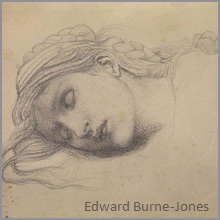

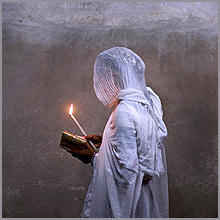
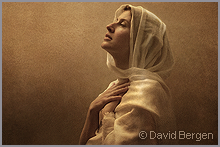
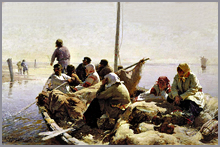
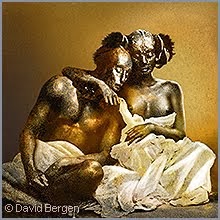


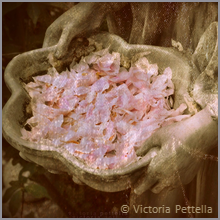
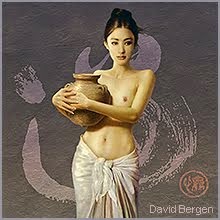
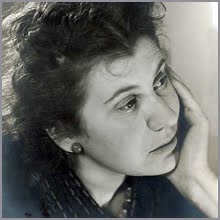
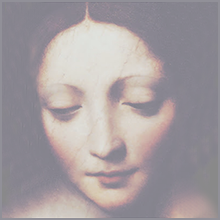
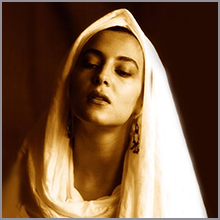
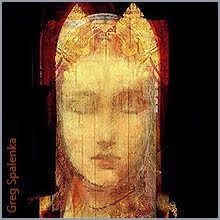
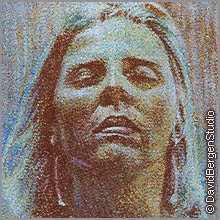











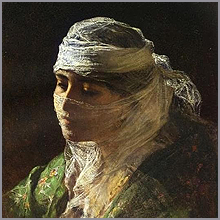
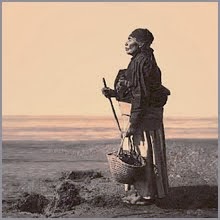

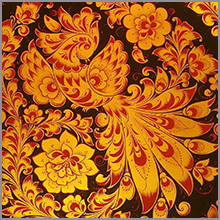

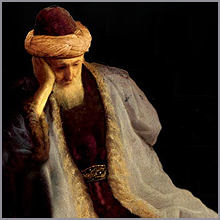
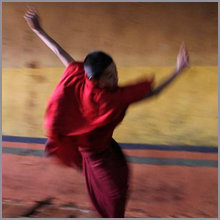




No comments:
Post a Comment